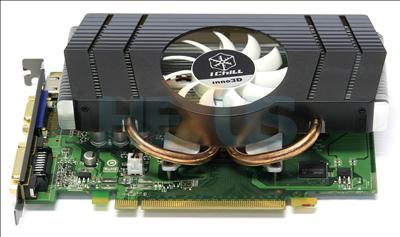Introduction

Two companies dominate the discrete graphics-card market. NVIDIA and ATI represent a duopoly that's unlikely to be broken anytime soon, so if you want to upgrade an older machine with an add-in card or are building a mid-range PC from scratch, it's either GeForce from NVIDIA or Radeon from ATI/AMD.
Market research shows that the vast majority of graphics cards in the channel are sold at an etail price of $99 or below. AMD introduced the Radeon 5000-series GPUs in September 2009 and has now brought it down to $99 with the Radeon HD 5670, which is due to be supplemented by the $50-$99 Radeon HD 5400 and HD 5500 cards next month.
NVIDIA has name-juggled its GPUs such that the GeForce GT 2x0 line represents the majority of the <$99 cards. Released on November 17, 2009, the GeForce GT 240 is widely available from most partners at etail prices between £55 and £79.
Adding to the existing GeForce architecture via a more-efficient manufacturing process, 40nm, and DX10.1 compliance, the GT 240 is available with three types of memory - DDR3, GDDR3, and GDDR5 - enabling partners to launch multiple cards at different price points.
As an example, Inno3D has at least four versions of GT 240, headlined by the iChiLL XStriker 3 model that etails for £74 for the card equipped with 512MB of onboard GDDR5 memory and £79 for the 1,024MB offering. We take a closer look at the 512MB card.









